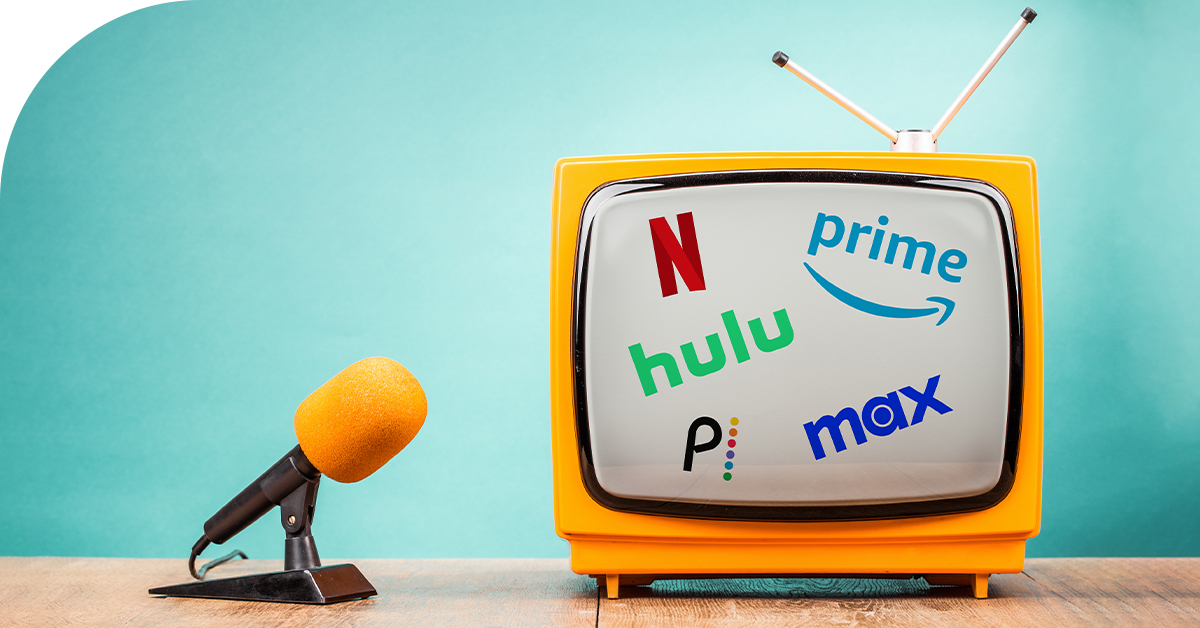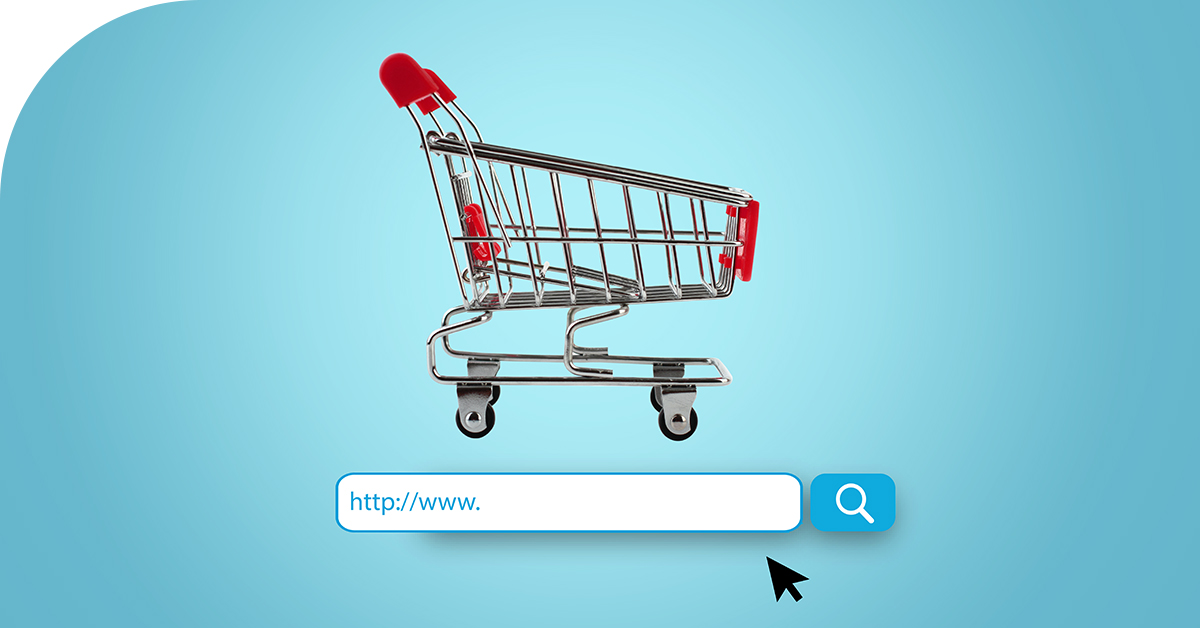As the display ad buying landscape continues to evolve, it also continues to grow–eMarketer estimates that by 2021 almost 88 percent of all US digital display ad dollars will transact programmatically. As programmatic ad spend increases and bids become more competitive, marketers need to ensure they are using all the strategies and tactics at their disposal to reach their goals, make the most of increasingly limited budgets, and increase the relevancy of their ads.
Despite being one of the most effective levers you can pull in a campaign, recency is often overlooked. In 2019, 74 percent of all ad groups in Choozle included an audience, but only 17 percent of these ad groups had a recency adjustment applied.
Let’s take a closer look at recency and show you how you can effectively use this strategy.
What is recency?
Recency is an optimization that allows you to increase or decrease your bid amount based on the age of your audience data. Using recency adjustments, you can bid more aggressively or less aggressively depending on when a user entered into the audience you are currently targeting.
For example, you might choose to bid more aggressively on users who were just added to your retargeting audience and less aggressively on users who have been in your retargeting audience for a month.
Recency in context
Understanding the fundamentals of how audience data segments are curated and considering the goal of your campaign can help you make the most use of the recency adjustments.
Data Segments:
If you’ve created an audience using Choozle, you might have used an in-market data segment of users with a high propensity of buying your product or service. How did these users make into the data segment? Users are added to data segments because they exhibited certain behaviors that identify them as “in-market,” either through past interactions with a similar product or simply because they demonstrated online activity similar to the core audience.
Because of this, data segments may contain users that are up to 90 days old! That means a person who purchased a luxury car 30 days ago and is still active online, would still exist in an “in-market luxury auto buyers” segment. So, targeting that person with any offer to buy a new car is no more favorable than prospecting fresh new audiences.
So, what can you do? Using recency adjustments, you can filter out older users by adjusting the bid to zero for users that have been in the segment longer than 30 days. You can even go one step further and increase your bid by 2X for users that have just been added to the data segment within the last 12 hours.

Campaign Goals:
You should also take the goals of your campaign into consideration when thinking about how to apply recency adjustments. A best practice is to have a recency schedule mirror your sales cycle.
For example, if you have a 30-day sales cycle, you might set a bid factor of 2.5 at the beginning to generate awareness, set it to 1.0 after seven days, set it back to 2.5 after 27 days to close, set it to 0.5 after 30 days to capture late adopters, and set it to 0.0 after 90 days to stop bidding.
Some questions to consider when thinking about creating a recency schedule are:
- How long does it typically take to sell your product to someone online?
- When is the right time to reinsert your brand to keep it top of mind for nascent buyers?
- When do you see customers typically spend the most for your product or service?
- How long after a purchase would customers consider buying a related product or accessory?
- How can you take advantage of your average time to convert to create more urgency in the buying process?
- How can you leverage the time between your other marketing touchpoints such as webinars or tradeshows to stay relevant or drive customers further down the funnel?
How to apply recency in Choozle:
Step 1: Build an audience
Using Choozle’s Audience tool, you can create an audience using third-party data segments or use your own first-party data. Once you have added all your desired segments in the Audience Builder, save the custom audience and give it a name.
Step 2: Add your audience to an ad group
Add your audience to an ad group by selecting it from the Custom Audience dropdown in the ad group targeting panel.

Step 3: Create a recency schedule
Expand the Recency panel and create a recency schedule that makes the most sense for campaign goals. Choozle allows you to adjust bids at various time intervals including minutes, hours, and days.

Recency FTW ?
Using recency, you can improve your ads’ relevancy and make your next campaign more effective by reaching the right user, in the right audience at the right time. Additionally, recency can help you stop wasting ad budget and redirect it to a time of greater relevance and context. Next time you add an audience to your campaign, consider how you can go beyond the default settings, and use recency to increase engagement and bottom-line results.







